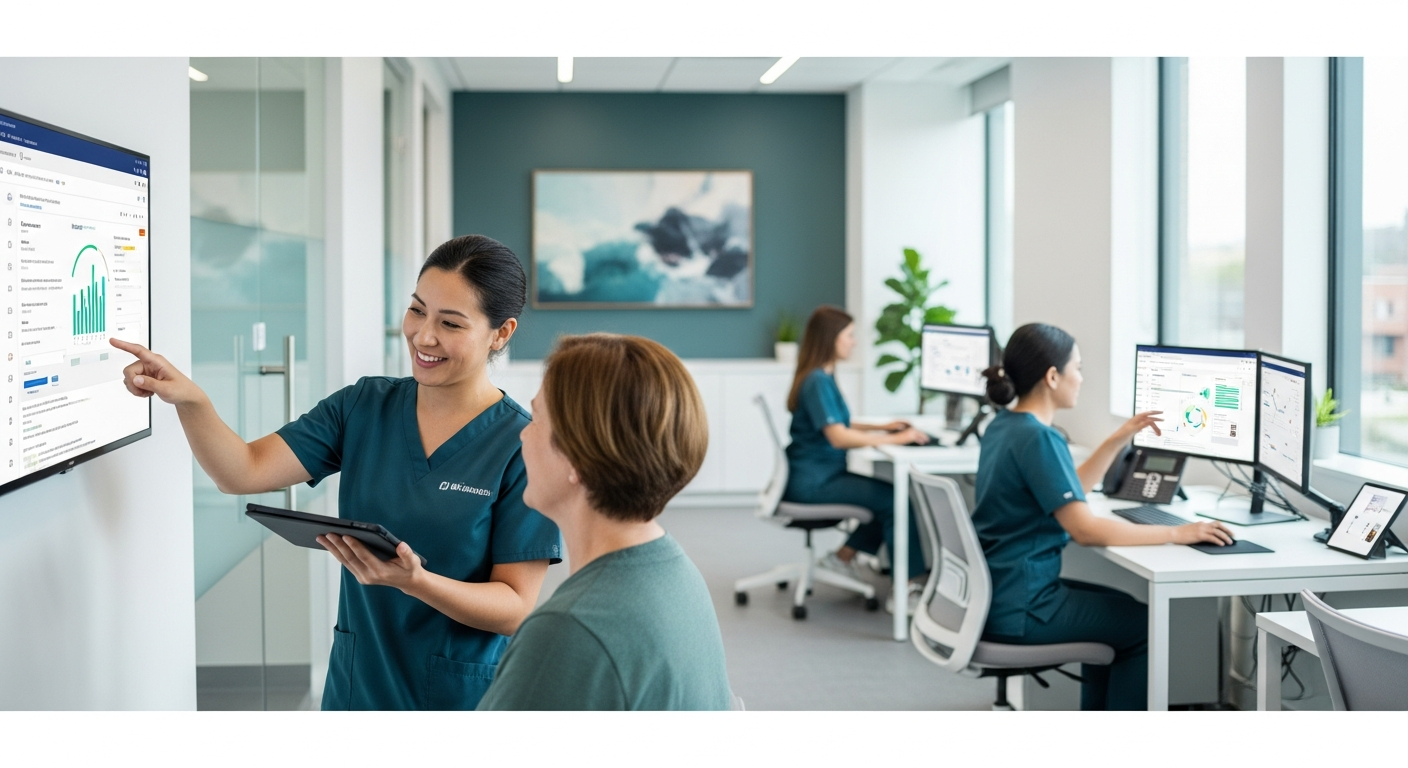In the world of clinical research, every decision shapes the future of medicine. For sponsors, one of the most critical choices is how a trial will be conducted: through traditional centralized models, emerging decentralized designs, or a hybrid of the two.
This is not just an operational decision. It impacts participant engagement, site performance, timelines, costs, and ultimately, the reliability of the data. As global clinical trials collaboration grows, sponsors are under increasing pressure to select trial structures that work across borders, cultures, and regulatory systems.
The question is: how do you decide which model is the right fit?
A Tale of Two Trials
Imagine two oncology studies starting at the same time.
The first trial uses a centralized model. All participants travel to a few major research hospitals, where every visit, test, and interaction happens in person. Investigators have full oversight, and the data flows from a central point.
The second trial opts for a decentralized model (DCT). Participants use wearable devices to track vital signs, complete e-consent on their own devices, and connect with coordinators through virtual visits. Lab samples are collected at local clinics or even at home by trained professionals.
Both approaches have strengths. Both have weaknesses. And both tell us something about how trial design is evolving.
Centralized Trials: Strengths and Challenges
Centralized trials are the traditional backbone of research. They give sponsors and investigators a high level of control, with all processes managed in a single location or network of sites.
Advantages of centralized trials include:
- Strong investigator oversight and face-to-face participant interactions.
- Consistency in how procedures and data are managed.
- Easier compliance with regulatory and quality standards.
But these strengths come at a cost.
Challenges include:
- Geographic barriers that limit who can participate.
- Higher participant burden, especially for those who must travel frequently.
- Slower recruitment and retention, particularly for rare conditions or diverse populations.
Centralized trials are reliable, but in today’s environment of global clinical trials collaboration, they can feel restrictive.
Decentralized Trials (DCT Models): The New Frontier
Decentralized clinical trial models are designed with flexibility and accessibility in mind. Instead of requiring participants to come to the trial, many aspects of the trial come to the participants.
Advantages of decentralized trials include:
- Expanded reach, making it easier to recruit participants from different geographies.
- Reduced participant burden through virtual visits and local data collection.
- Real-time insights from digital health tools like wearables and apps.
Challenges include:
- Technology adoption, not every participant or site is comfortable with digital tools.
- Data management complexity when information flows from multiple sources.
- Variability in regulatory acceptance across regions.
DCTs are not a universal solution, but they open new possibilities for inclusivity, speed, and efficiency.
Hybrid Clinical Trials: The Best of Both Worlds
For many sponsors, the answer lies not at one extreme but in the middle: hybrid clinical trials.
Hybrid models combine the oversight of centralized trials with the accessibility of decentralized tools. For example, key procedures may still take place at a central site, but follow-up visits, questionnaires, and monitoring can happen remotely.
Benefits of hybrid models include:
- Flexibility to meet participants where they are.
- Balance between control and convenience.
- Improved recruitment by lowering barriers while maintaining investigator involvement.
- Increased diversity in participant populations.
Sponsors looking to streamline operations can leverage digital platforms like DecenTrialz to manage participant requirement and data securely across multiple sites
Decision Frameworks for Sponsors
Choosing between centralized, decentralized, and hybrid approaches is not about following a trend, it’s about making a strategic choice that fits the trial’s objectives. Sponsors should consider:
- Therapeutic area and trial phase
Early-phase trials with complex procedures may benefit from centralized control. Later-phase trials aiming for diversity may lean toward decentralized or hybrid models. - Participant profile
Are participants widely distributed, or located near major research hubs? Do they have access to technology needed for DCT models? - Regulatory environment
Different countries may vary in how they accept decentralized methods. Regulatory harmonization is essential in global programs. - Budget and resources
Centralized trials often require higher travel support and site costs, while decentralized models may require investment in digital infrastructure. - Retention goals
Hybrid models often strike the right balance by keeping participants engaged without overwhelming them.
By using a structured framework, sponsors can match the trial design to both scientific and human needs.
As global clinical trials collaboration expands, the trend is clear: trial design is becoming more flexible, inclusive, and participant-centered.
- Centralized trials will continue to play a role, especially in highly complex studies.
- DCT models will grow, driven by digital adoption and the demand for broader access.
- Hybrid clinical trials will likely become the dominant model, offering the adaptability sponsors need in a global research environment.
Sponsors who embrace decision-making frameworks, invest in technology, and partner with advocacy groups will lead the way in designing trials that are both scientifically rigorous and participant-friendly.
The choice between centralized, decentralized, and hybrid trial models is not just a logistical one. It is a choice about how research engages with people, how it includes diverse communities, and how quickly life-changing therapies reach those who need them.
For sponsors, the challenge is real, but so is the opportunity. With thoughtful sponsor decision-making, investment in innovation, and partnerships that span borders, the future of clinical research will be defined by smarter, more inclusive designs that reflect the promise of modern science.









